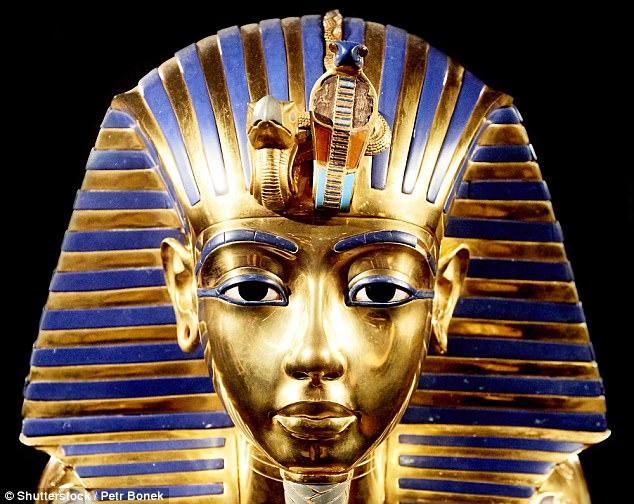Revealing the 18th dynasty of ancient Egypt: Discovering King Tutankhamun and the Pharaoh’s precious treasure

Journey back to the illustrious 18th Dynasty of Ancient Egypt, a time of great cultural and political significance. At the heart of this era lies King Tutankhamun, whose reign and burial practices have fascinated scholars and enthusiasts alike.
King Tutankhamun ascended to the throne at a young age, around 1332 BC, during a period of religious and artistic resurgence known as the New Kingdom. His rule was marked by efforts to restore traditional Egyptian religious practices after the tumultuous period of his predecessor, Akhenaten, who introduced monotheism centered around the sun god Aten.

The discovery of Tutankhamun’s tomb in 1922 by Howard Carter in the Valley of the Kings near Luxor was a monumental event in archaeology. The tomb, largely undisturbed for over 3,000 years, contained a treasure trove of artifacts, including his iconic golden funerary mask, jewelry, chariots, weapons, and other personal items. These artifacts not only shed light on the opulence of his burial but also provided invaluable insights into ancient Egyptian beliefs about the afterlife.

Tutankhamun’s burial chamber, adorned with intricate paintings and hieroglyphs, depicted scenes from the Book of the Dead and rituals aimed at ensuring his successful journey to the afterlife. The discovery of his mummified remains, accompanied by the remains of two stillborn daughters, further deepened our understanding of his family and lineage.

The reign of King Tutankhamun, though short-lived and overshadowed by his more illustrious successors like Ramesses II, left an indelible mark on Egyptian history. His tomb’s discovery remains one of the most significant archaeological finds of the 20th century, illuminating the splendor and mysteries of Ancient Egypt’s 18th Dynasty.

Today, the artifacts from Tutankhamun’s tomb continue to captivate visitors in museums around the world, offering a tangible connection to a civilization that thrived millennia ago. His legacy endures as a symbol of Egypt’s rich cultural heritage and the enduring allure of its pharaonic past